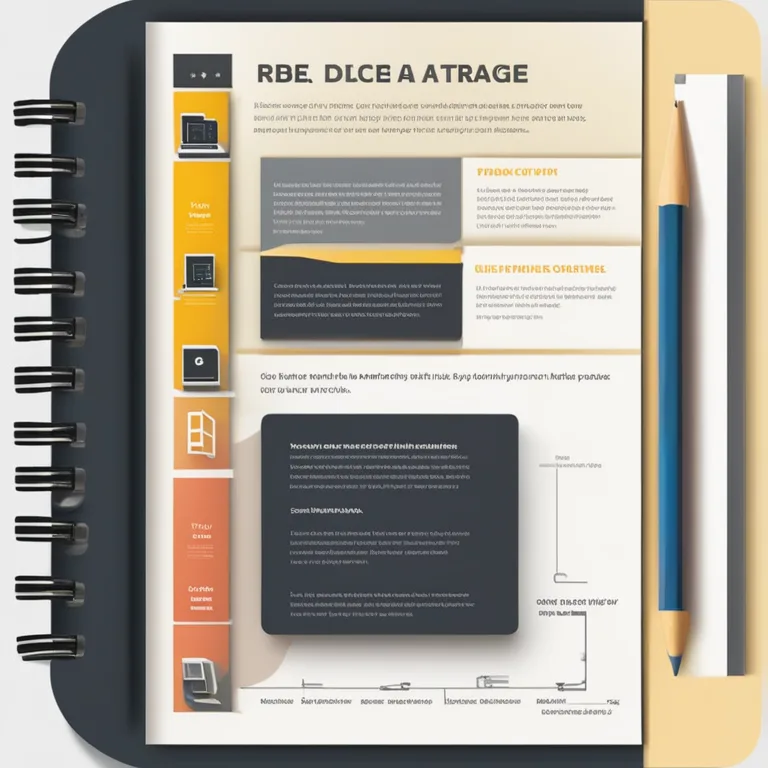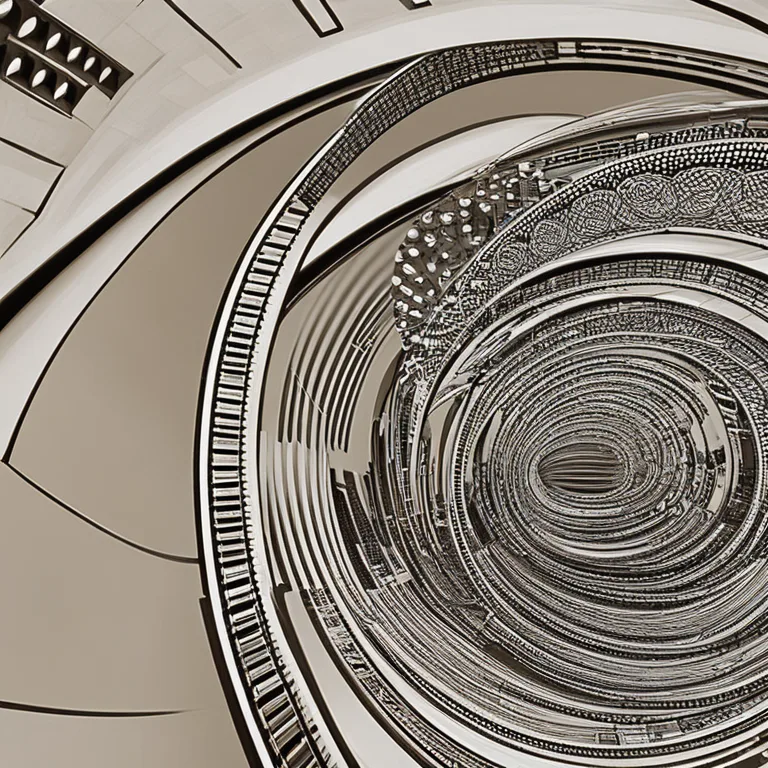
Palmistry Predictions: Counting Marriages in Your Lines
Discover how palmistry interprets the number of marriages you may have based on the lines and markings on your palms.
article by Nora Pennington
Introduction to Palmistry and Marriage Indicators
In the world of palmistry, the hands are seen as a roadmap to one's life path, including significant events such as marriage. Interpreting the lines on your palm can provide insights into your romantic future, including the possibility of multiple marriages. Palm readers pay close attention to specific lines and markings that suggest the number and nature of unions a person might experience. Traditionally, the heart line, marriage line, and other symbols on the palm are scrutinized to unravel marital predictions.

The Heart Line and Emotional Relations
The heart line, running horizontally on the upper part of the palm, is the primary indicator of emotional life. A clear and well-defined heart line suggests strong and harmonious relationships. Variations in this line may indicate different emotional experiences. A fork at the end of this line, moving upwards, can suggest a happy, balanced union, while a fork heading downwards might hint at challenges in love.

Decoding the Marriage Line
Located just below the base of the little finger, the marriage line, also known as the relationship or affection line, holds clues about one's marital journey. A singular deep line often suggests a long-lasting and singular marriage. Multiple lines may point to more than one significant relationship or marriage. The length, depth, and clarity of these lines are interpreted to understand the quality and longevity of each union. Additionally, lines crossing the marriage line can represent external influences or obstacles in one’s marital life.

Symbols of Relationships in Palmistry
Aside from the heart and marriage lines, palmists also look for other symbols that might represent relationships. For instance, island formations on the marriage line could indicate periods of separation or trouble in a union. Also, smaller lines crossing the marriage line, known as interference lines, could suggest challenges related to external factors or interferences. In modern palmistry, interpretations are often adapted to contemporary relationships, considering the evolving nature of love and marriage.

The Influence of the Sun Line
The sun line, if present, can also impact readings regarding marriages. A clear sun line that runs parallel to the fate line can signal a supportive partner who contributes positively to one's social and professional status. In contrast, breaks or islands on the sun line near the heart line may indicate periods of difficulty within a marriage that could affect one's public image or career.
The Role of Hand Dominance
Hand dominance plays a crucial role in palmistry. The dominant hand, typically used for writing, reflects the conscious, active side of an individual’s life and present events. The non-dominant hand is believed to represent inherent characteristics and potential. Some palm readers suggest that the non-dominant hand shows predestined events, including the supposed number of marriages, while the dominant hand shows what a person has made of their life through free will and actions.
Nuances of Modern Palmistry Interpretations
Contemporary palmistry often blends traditional interpretation methods with modern psychological insights. The focus is shifting toward understanding an individual's personality traits and how they influence relationships, rather than predicting an exact number of marriages. It is important to approach palm reading with an open mind and understand that these interpretations are not definitive and can be influenced by personal choices and societal changes.
Published: 1/5/2024
Modified: 1/5/2024
More predictions
Come back here soon to learn more about yourself and your future


The Changeable Nature of Palm Lines
Discover the factors influencing the ever-changing landscape of palm lines and what these modifications could signify in palmistry.


Hand Reading: The Essence of Palmistry
Delve into the basics of palmistry, the ancient art of hand reading, and learn how it aims to reveal personality traits and life paths.


The Sun Line: A Ray of Personal Brilliance
Discover the significance of the Sun Line on your palm and its implications for fame, success, and creativity in palmistry practices.